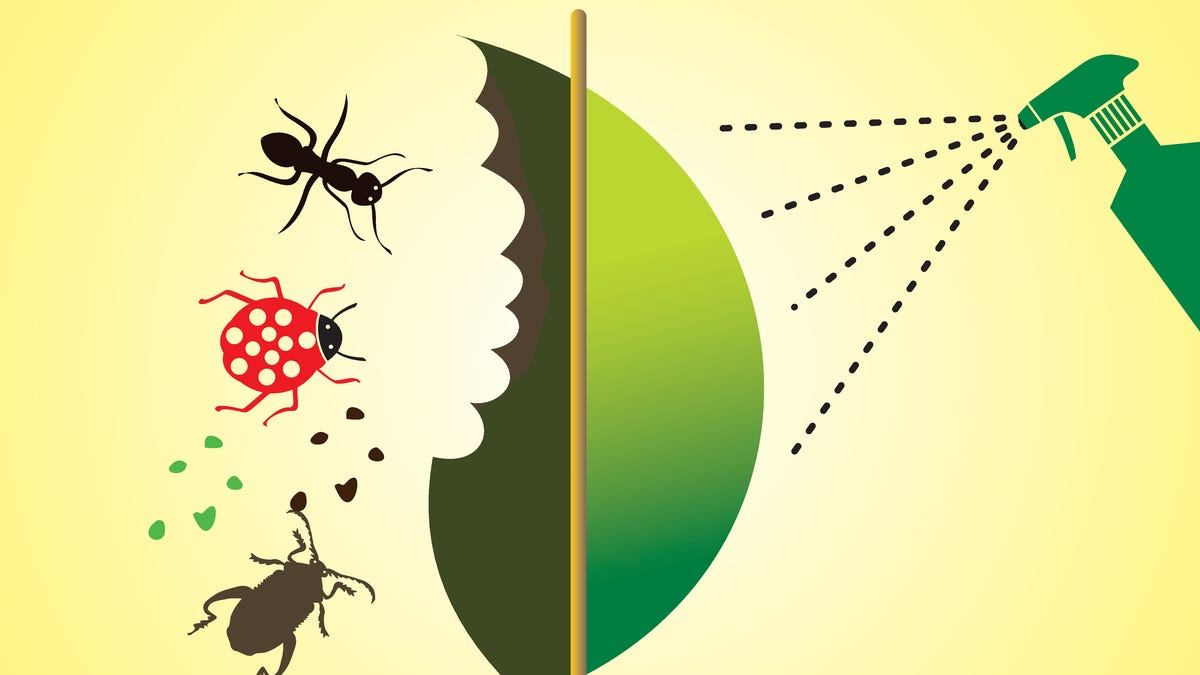As we head into the home stretch of April, gardening enthusiasts are already getting their hands dirty and well into the season. Whether you are a new gardener or someone whoâs been doing it your whole life, this is the time of year to take advantage of the nice weather.
I recently received some gardening questions, which Iâll answer below. First, a few overall thoughts about the late April and early May timeframe and horticulture. My biggest advice is that thereâs a lot you can do in the garden now, but donât rush the warm-weather stuff.
If youâre moving your house plants outside, itâs probably safe for all but the most tender of these. The sun is very strong this time of the year, similar to mid-August, so I always recommend moving houseplants into a morning sun/afternoon shade environment for a week so the leaves donât burn, even if they like the sun. Remember, the plants have been in your house for many months and just like you, theyâre not used to the UV light.
This is also a good time to cut back your house plants that might need some pruning. Give them a slow-release fertilizer and even discard ones that just arenât worth the effort anymore. Like all of us, plants have a lifespan and sometimes itâs just time to say goodbye.
Outside, you can be planting cool-weather crops like lettuce, peas, carrots, radishes, turnips, Asian greens, and herbs, like dill, thyme, rosemary, and sage. Hold off on the basil for another month, it doesnât like cool weather.
If you need to move perennials, get it done now. I recommend completing most relocations of your plants by Motherâs Day (May 11). After that, it just gets too warm and itâs often too dry for things to become comfortable back in the ground again.
Trees and shrubs can easily be planted right now, too. The soil has lots of moisture at this time of the year. Itâs important to tease the roots and loosen them up so they make contact with the existing soil rather than grow in a circle directly from the container. Donât overwater, but also donât let those plants dry out, and the roots will establish themselves in the ground.

One thing I always like to recommend is just try something new this year, whether itâs a new perennial or vegetable, or perhaps even a new addition to your landscape – something unique to get those creative juices flowing and enjoy what is, for many, the most magical time of year.
There are lots of gardening resources available, including both digital and print formats. A few of you had some questions I want to answer, and my thoughts are below.
Q: Is it too early to throw down grass seed?
â Paul Bochicchio, Sherborn, Mass.
A: We are at the time when you can put down grass seed. There are some caveats here. The most important thing is not to let that seed dry out, but also donât overwater it, or it will rot and wonât break the seed coat to root itself. I usually lightly water first thing in the morning and then again mid-afternoon if the soil has completely dried out. Establishing a new lawn this time of the year can be difficult because although the grass will likely germinate, if it gets hot too early, itâs more difficult to keep it alive. Autumn remains the best time to start a new lawn, but you can certainly overseed an existing one this time of the year.
Q: When can I plant my tomatoes in the garden?
â Annie Wright, Newton, Mass.
A: Tomatoes and other warm-weather crops should not be planted before mid-May. Thereâs no reason to rush. Even if you end up planting in late May or early June, the plants will end up catching up with those put in the ground earlier. Stronger plants develop in warmer weather.
Q: When is the best time for spring planting?
â Lucy Bartholomay, Westport, Mass.
A: Earlier in the spring is better to plant rather than after June 1. You can still plant in June, but by Fatherâs Day, any new plantings should be in the ground unless youâre going to be carefully watering in the heat of the summer.
Q: Whatâs the worst hazard for flower and garden beds this spring/summer? Flooding rain, hail, or drought?
— Joyce K., Westwood, Mass.
A: Gardeners and farmers have to deal with a lot of different problems throughout the growing season. Each of these brings a unique problem. Too much water and we have a lot of disease. Too little and plants are stunted. A big hailstorm will damage some plants beyond repair for the year, but will unlikely kill them.
Have more gardening questions for Dave? Send them to [email protected], and we will include them in an upcoming column from Dave.









